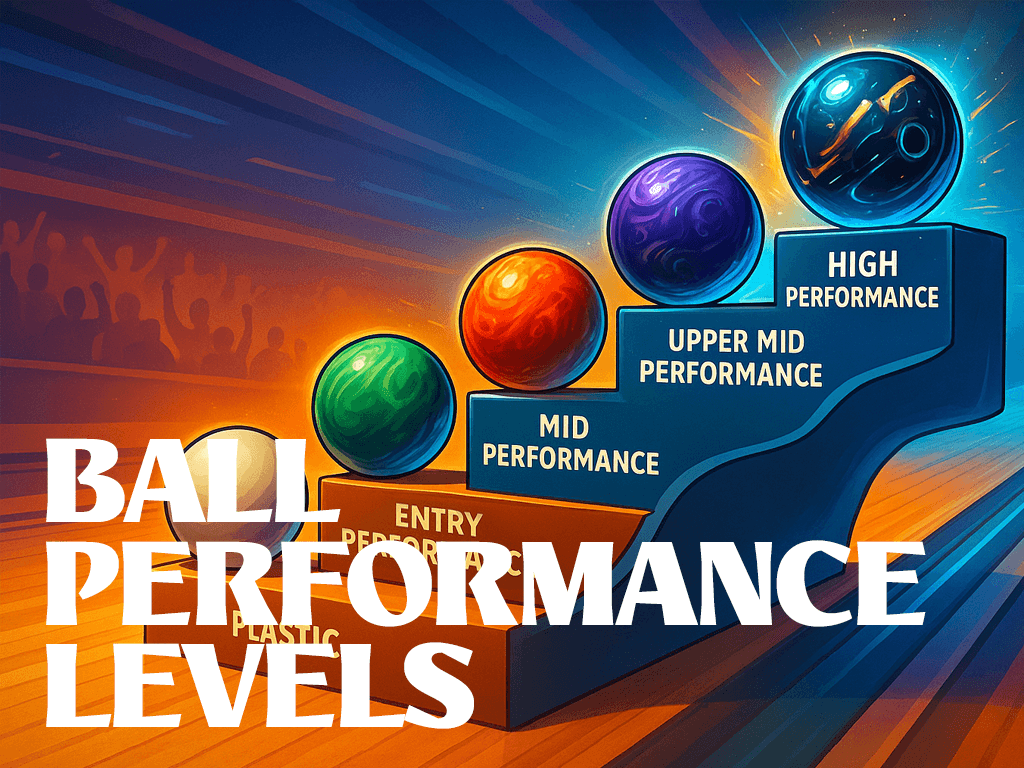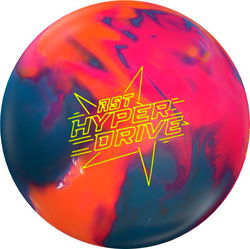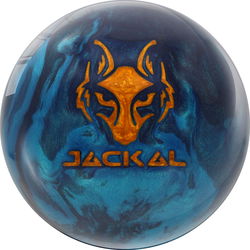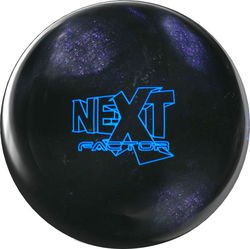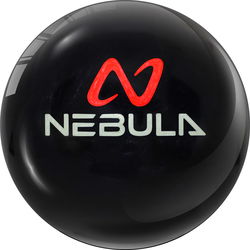Bowling News, Reviews, Tips & Education
Come back weekly to see what's going on in the bowling world. Learn about the latest bowling balls, bags, shoes, and more. Plus get tips to improve your bowling game!
The Most Limited Ball Release in Storm History
Posted Apr 2, 2025 In: Bowling Ball Videos
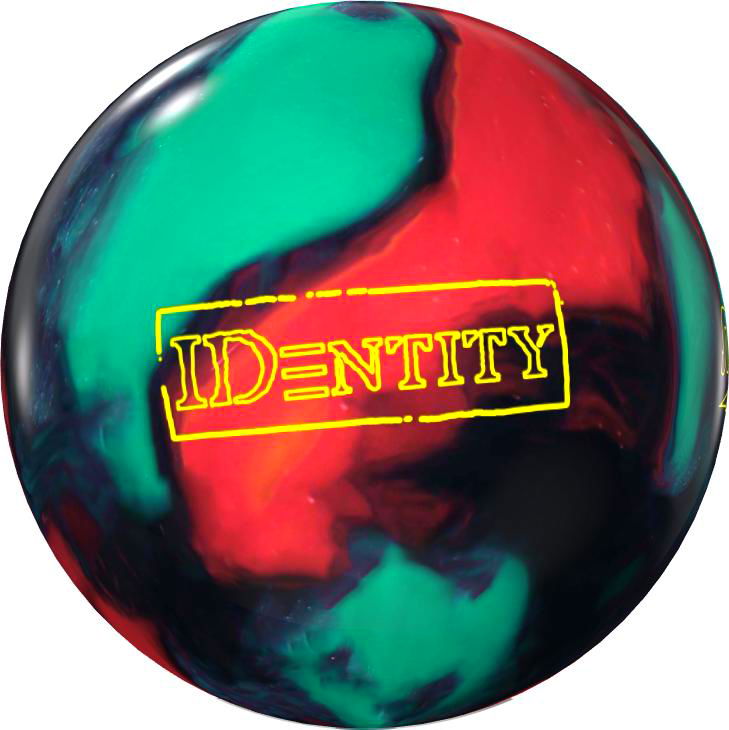 Get ready to make a statement on the lanes! Storm Bowling, the leader in bowling innovation, has teamed up with PBA superstar Jason Belmonte for an unprecedented release: the Storm IDentity Limited Edition bowling ball. This isn't just a new ball; it's a piece of bowling history in the making, and it's available only for a very limited time...
Get ready to make a statement on the lanes! Storm Bowling, the leader in bowling innovation, has teamed up with PBA superstar Jason Belmonte for an unprecedented release: the Storm IDentity Limited Edition bowling ball. This isn't just a new ball; it's a piece of bowling history in the making, and it's available only for a very limited time...
How Ridiculous is a Bowling Ball Cannon?
Posted Dec 2, 2024 In: Bowling Ball Videos | Bowling Balls
 You probably already know the Australian YouTube channel How Ridiculous. If not... let us introduce you! These daredevil content creators—Brett Stanford, Derek Herron, and Wade Ralph—have transformed trick shots and massive drops into an art form that defies gravity, logic, and sometimes basic human sanity. From hurling objects from incredible heights to attempting seemingly impossible basketball shots from jaw-dropping locations, they've turned extreme stunts into incredible videos that keep millions of viewers constantly on the edge of their seats...
You probably already know the Australian YouTube channel How Ridiculous. If not... let us introduce you! These daredevil content creators—Brett Stanford, Derek Herron, and Wade Ralph—have transformed trick shots and massive drops into an art form that defies gravity, logic, and sometimes basic human sanity. From hurling objects from incredible heights to attempting seemingly impossible basketball shots from jaw-dropping locations, they've turned extreme stunts into incredible videos that keep millions of viewers constantly on the edge of their seats...
How to Clean a Bowling Ball
Posted Oct 28, 2024 In: Balls Category Page Learning | Bowling Ball Knowledge | Bowling Balls | Bowling Balls How To | Bowling Knowledge | Bowling Tips | Tips
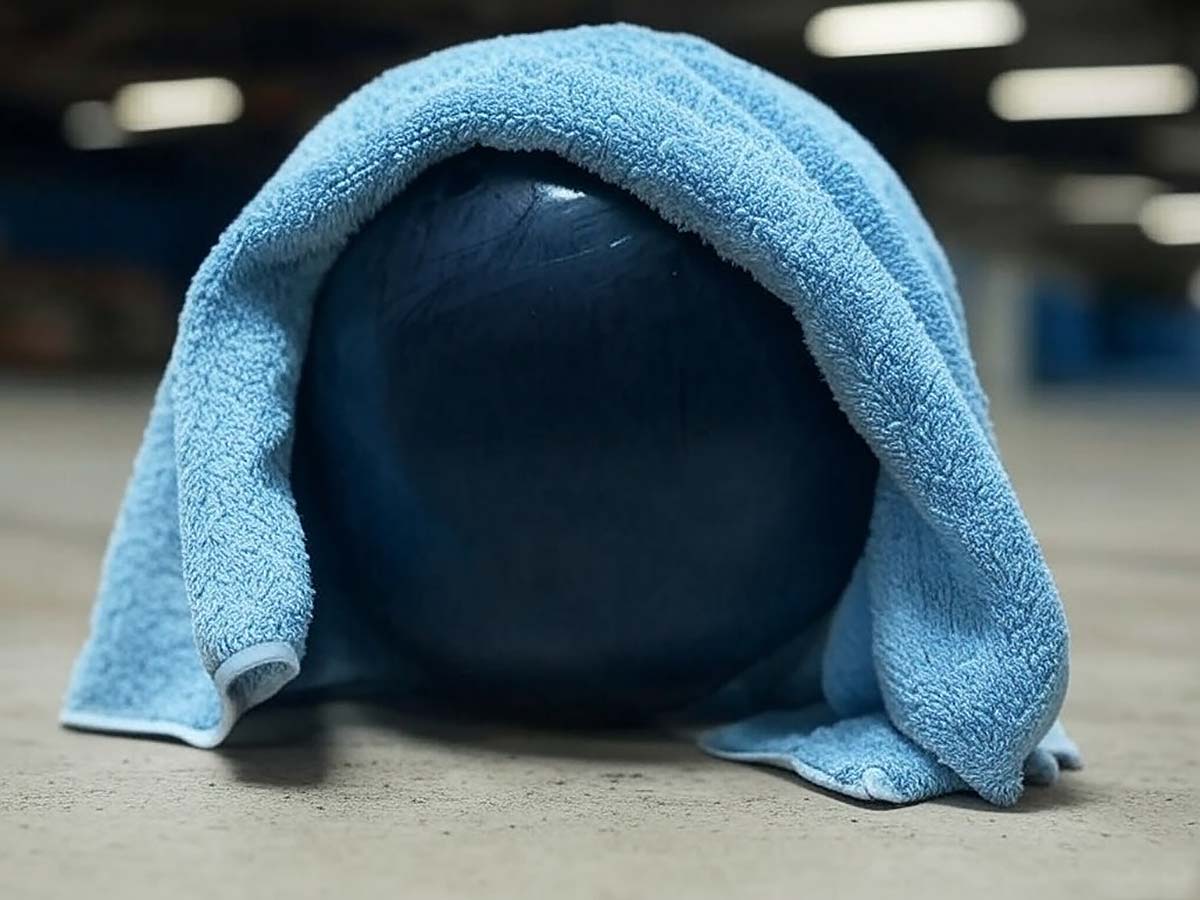 Keeping your bowling ball clean is important for playing your best. Dirt, oil, and grime can build up over time, reducing grip, affecting your hook, and shortening the lifespan of your ball. We’ll walk you through the steps and tools necessary to clean your bowling ball...
Keeping your bowling ball clean is important for playing your best. Dirt, oil, and grime can build up over time, reducing grip, affecting your hook, and shortening the lifespan of your ball. We’ll walk you through the steps and tools necessary to clean your bowling ball...
How to Curve a Bowling Ball
Posted Sep 30, 2024 In: Balls Category Page Learning | Bowling Ball Knowledge | Bowling Balls | Bowling Balls How To | Bowling Tips
 Curving a bowling ball is an essential skill that can take your game to the next level by increasing your strike potential. With the right technique and ball selection, you can achieve a smooth, controlled hook that leads to better pin action...
Curving a bowling ball is an essential skill that can take your game to the next level by increasing your strike potential. With the right technique and ball selection, you can achieve a smooth, controlled hook that leads to better pin action...
Best Bowling Bags for Air Travel
Posted Sep 17, 2024 In: Bowling Bags | Bowling Ball Bags | Bowling Tips
 Bringing your bowling equipment on a flight means you need a bag to withstand the hectic day of flying and the limitations of airline policies. To help you navigate these issues, we've put together a list of the best bowling bags designed for air travel. With the right bag, you'll be able to travel with ease and keep your gear secure...
Bringing your bowling equipment on a flight means you need a bag to withstand the hectic day of flying and the limitations of airline policies. To help you navigate these issues, we've put together a list of the best bowling bags designed for air travel. With the right bag, you'll be able to travel with ease and keep your gear secure...
High-Performance Balls ON SALE
Once you grab a coupon check out the awesome deals above! We have all the bowling gear you're looking for at the kind of deals that make it easy to upgrade.

